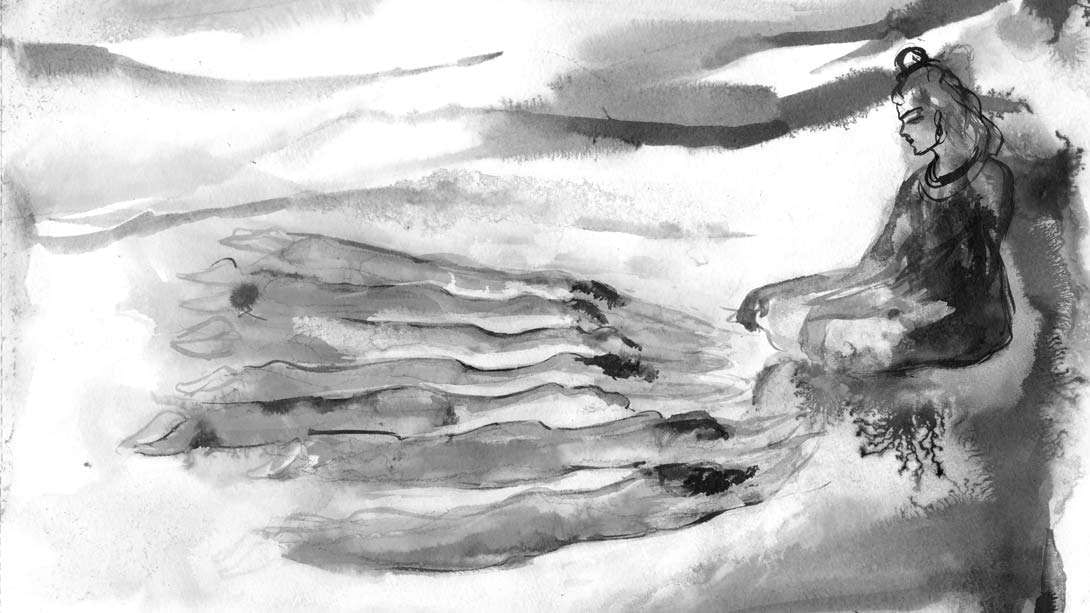Hopelessness and Liberation
While most prayers are structured to bring hope, Sadhguru explains that the yogic tradition has always endeavored to nurture hopelessness.

While most prayers are structured to bring hope, Sadhguru explains that the yogic tradition has always endeavored to nurture hopelessness. If one is joyfully willing to walk into hopelessness, says Sadhguru, then liberation is a free process.
Sadhguru: Most prayers may only bring hope. They do not bring dispassion. That is how the prayers are structured, all about hope and more hope and more hope. People have lost the ability to appreciate hopelessness. Hopelessness is like a bottomless pit, and a bottomless pit is the safest pit to jump into. The only problem with the pit is that it has a bottom. If it did not have a bottom, what is the problem? It will be a wonderful leap. If you go skydiving, you do not know whether you are going up or down or nowhere because there is no context for you. Only if you look down, the damn planet is coming at you with a great speed then you know. If the planet was not there, jumping off and just floating would be wonderful.
Subscribe
In the traditions of yoga, we have always cultured people towards hopelessness because when there is no hope, you will stop clinging. When you do not cling, you will be liberated – a very simple technique. Nothing clings to you by itself. It is you who is clinging onto so many things.
If you do not cling to anything, nothing naturally clings to you. So liberation is a free process if you are joyfully willing to walk into hopelessness. But too much hope has been taught. I have already acquired enough enemies in the world talking against love, talking against compassion. If love and compassion are an experience, it is different, but as principles in your life, they are stupid. “I want to love somebody,” is a silly thing to do. It is coming from a certain desperation and inadequacy. If your emotions are sweet towards everything around you, it is a wonderful way to be. If you call that love, it is fine, but if you immediately make it into a commodity that you can exercise, then it becomes ugly.
How Shiva Nurtured Hopelessness
The yogic culture has always tried to culture people towards hopelessness; towards nothingness. That is why, when Shiva’s closest disciples asked him, “If we are in trouble, will you be there?” he looks at them incredulously and says, “If you are in trouble, I will sleep.” He is nurturing hopelessness in them. Not, “I am going to be there; wherever you may be I’ll jump in and act.” No, he is saying, “If you are in trouble, I’ll go to sleep.” If he explains, “When I sleep, I am with everything and anyway I’ll be there,” then they will nurture hope. So he does not explain. He says, “I will go to sleep,” and they give up. What is the use hoping for any help from this man? When they give up you call it “let go.” Giving up is letting go, is it not? They give up there is no point looking up to this man and asking for help. Now they are wide open. Now things will happen.
Editor’s Note: Offering the rare possibility to go beyond all limitations, Sadhguru takes the seeker on a mystical journey towards ultimate liberation. In the ebook “A Guru Always Takes You For a Ride”, Sadhguru delivers rare insights into the Guru-shishya relationship. Name your price and download.



